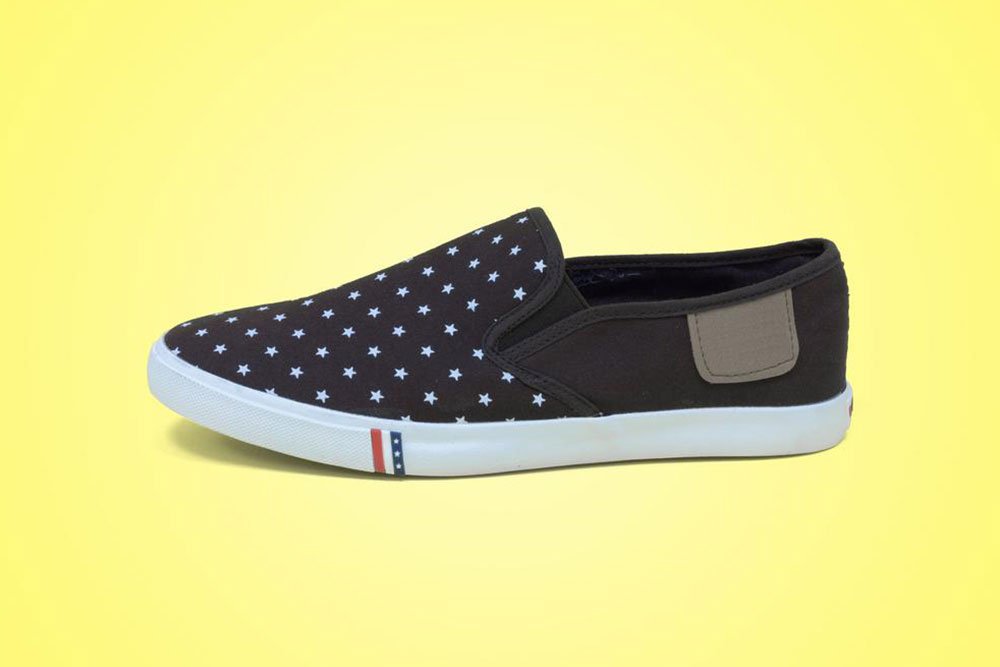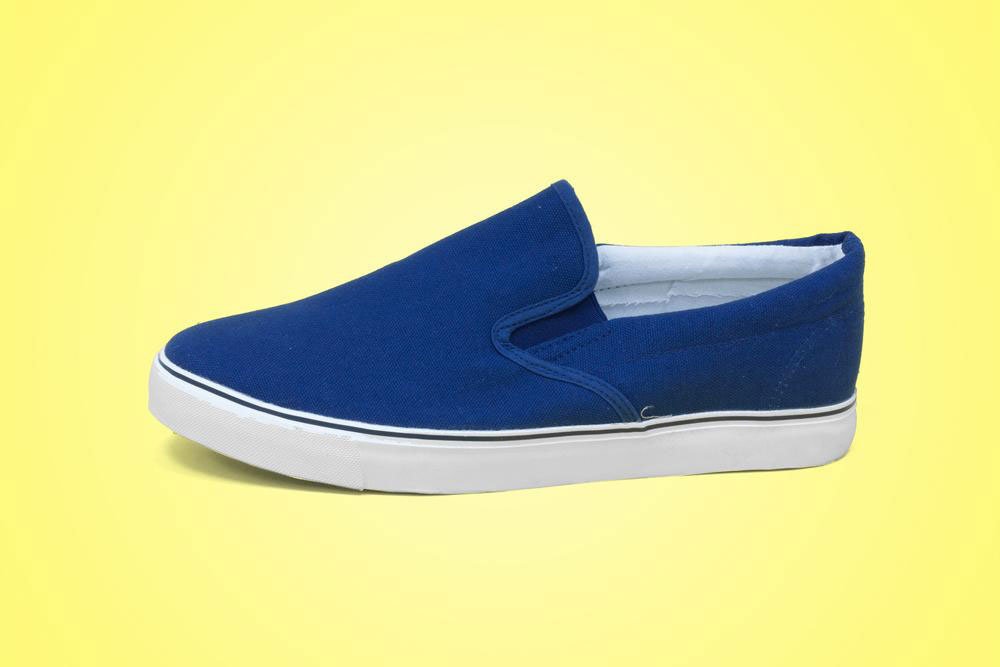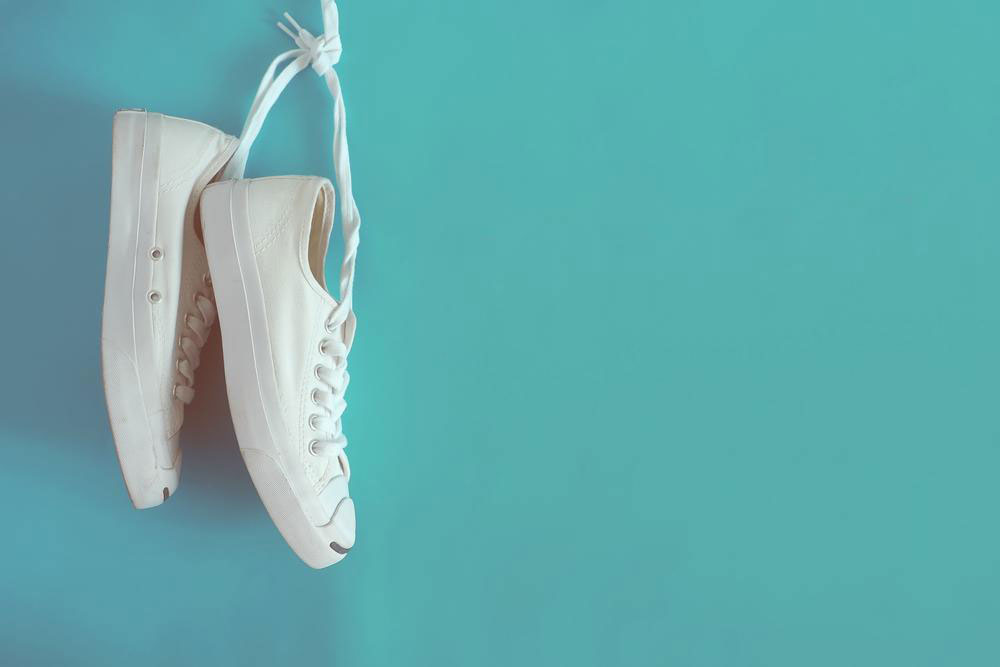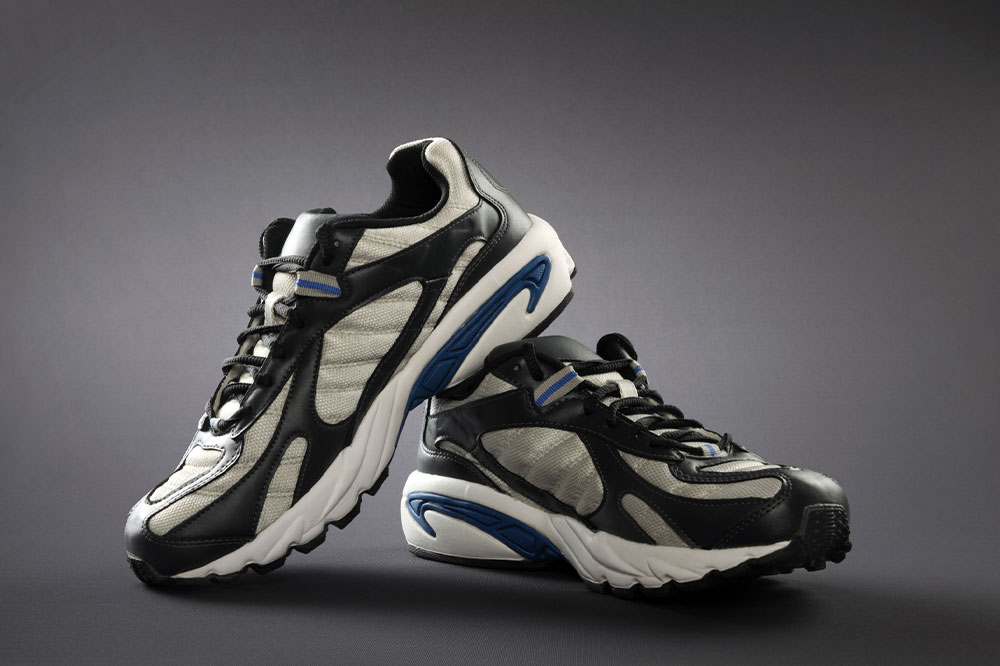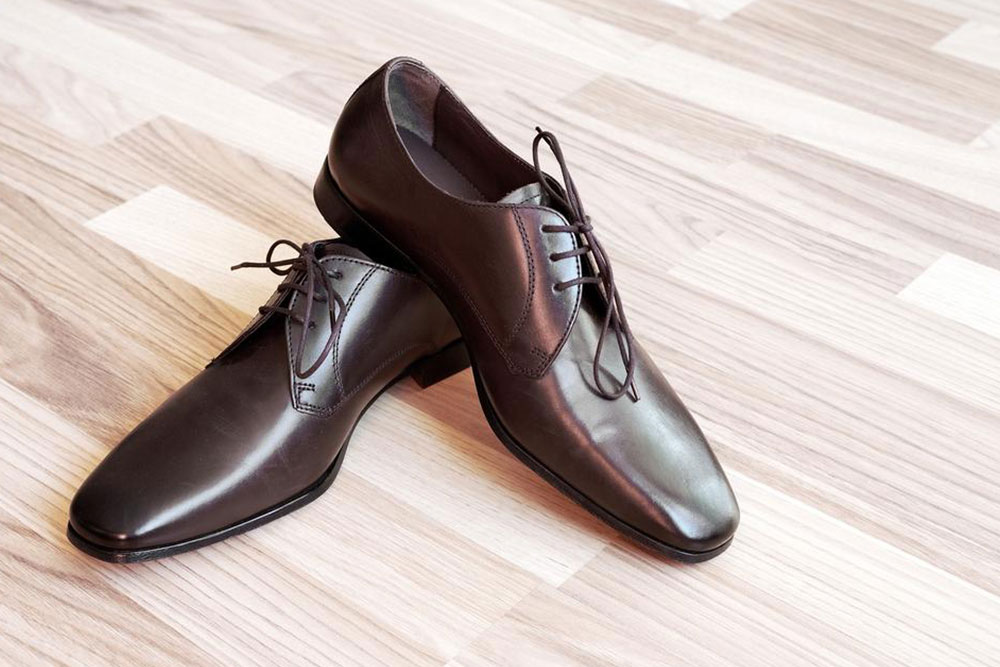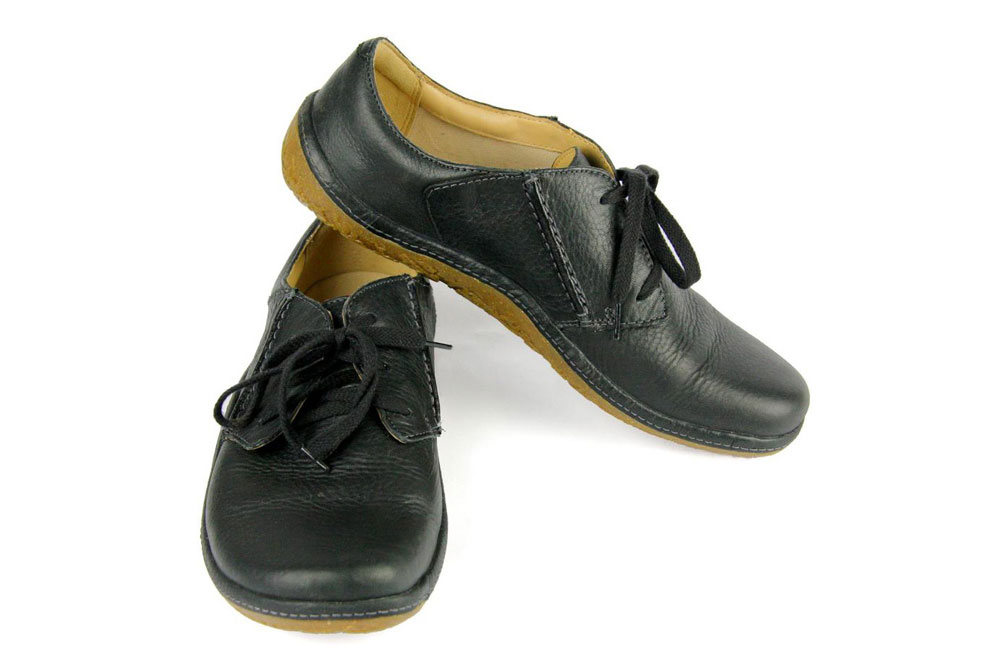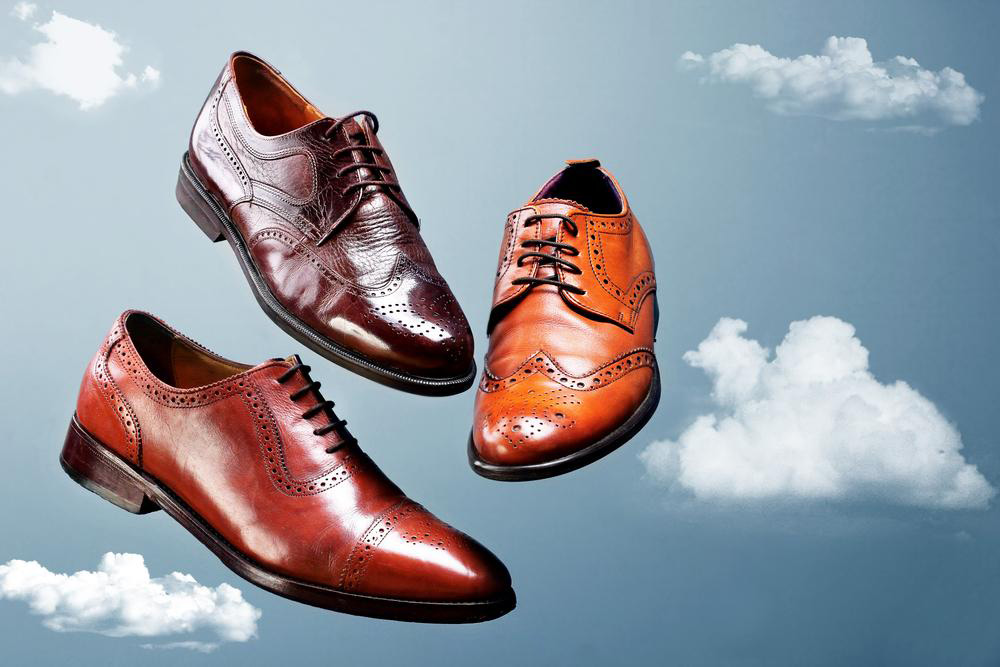Essential Facts About Vans Footwear You Should Know
Discover the history, manufacturing process, and iconic designs of Vans shoes. Learn how Vans has maintained its relevance through quality, innovation, and cultural influence. From skateboarding origins to global fashion icon, Vans continues to inspire with trendy, durable footwear and active sports sponsorships.
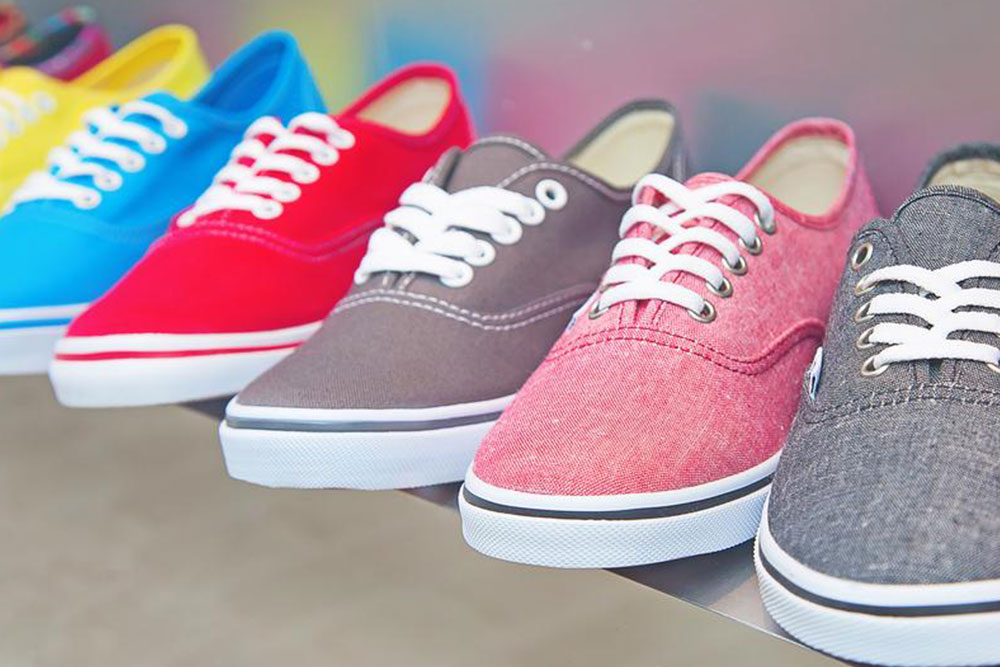
Established in California, Vans shoes have become a staple in the footwear industry for decades. Their enduring popularity raises questions about how they've maintained relevance through various fashion trends. Originally crafted for skateboarders, Vans quickly gained fame with their "off the wall" motto, a term skaters used to describe their style. Within ten years, Vans had expanded globally, becoming a household name. Today, Vans offers a diverse product line including shoes, apparel, skateboards, backpacks, and accessories, resonating within sports, music, and art communities.
The traditional vulcanized manufacturing method has remained unchanged, blending heat-resistant materials like suede and leather in the upper, with cotton canvas and metal accents for durability. The consistent quality, improved materials, and innovative designs keep customers loyal, boosting sales across all product categories. Vans has pioneered popular designs such as slip-on shoes—easy to wear and remove with excellent grip—and iconic checkered patterns introduced in 1977. The brand actively sponsors extreme sports events worldwide, reinforcing their presence in skateboarding, snowboarding, and motocross. Promotions of trendy designs and collaborations with cultural icons keep Vans at the forefront of fashion and sports footwear, balancing comfort with innovative aesthetics. Initially a direct factory outlet seller, Vans evolved into a marketing powerhouse by 1990, becoming a globally recognized brand famous for its creative and functional shoes.

